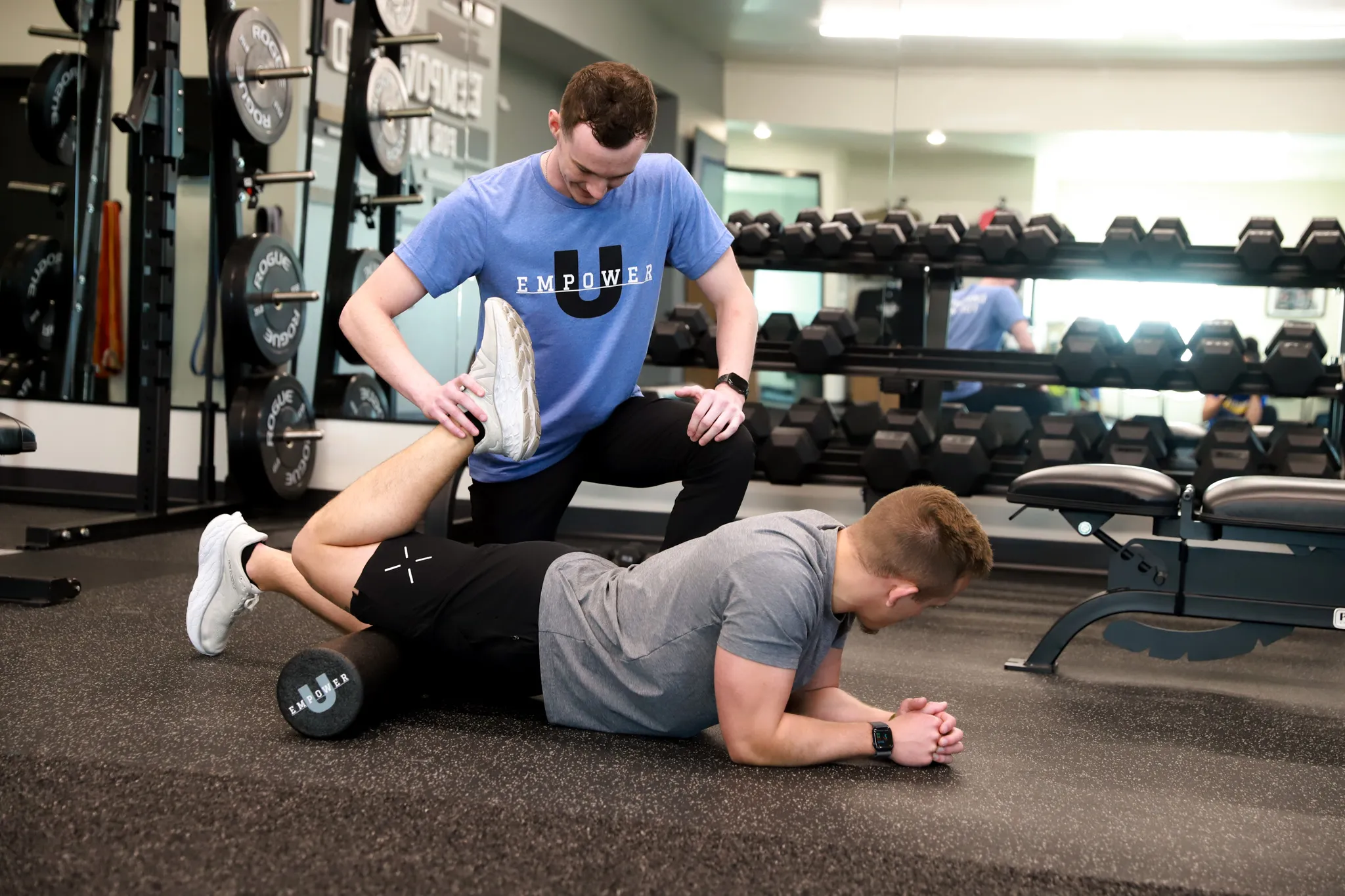Introduction – Why the Way You Breathe Actually Matters
Ever been told to “just take a deep breath” when you’re stressed, in pain, or feeling out of whack? It’s solid advice — but what if your body has forgotten how to breathe well in the first place? At Empower U, we see this all the time. People dealing with neck tension, low back pain, shoulder tightness, poor posture — and underneath it all is dysfunctional breathing.
That’s where crocodile breathing comes in. It’s one of the simplest techniques we teach, but it delivers big results. Whether you’re an athlete, a desk worker, or just trying to get through the day without tension piling up, learning how to breathe like this can make a huge difference.
And no, you don’t have to lie in a swamp to do it.
Let’s break it all down: what crocodile breathing is, why it works, and how you can start using it — either at home or here in the clinic with some expert coaching.
Understanding Crocodile Breathing – And Why It Matters
Crocodile breathing is a technique that retrains your body to breathe the way it was designed to — using your diaphragm.
The diaphragm is a dome-shaped muscle that sits at the base of your ribs. It’s your body’s main breathing muscle. When it functions well, it creates a deep, even breath that supports core strength, posture, and nervous system regulation.
Here’s the issue: a lot of us have swapped this natural way of breathing for shallow chest or neck breathing. This can happen because of:
- Chronic stress
- Poor posture (especially from phones and laptops)
- Previous injuries or pain
- Sedentary lifestyle
- Or even just a lifetime of being told to “suck in your belly”
With crocodile breathing, we bring it all back to basics. You lie on your stomach — like a crocodile — and breathe in a way that expands your belly into the floor. That pressure gives your body real-time feedback. You can feel what it’s like to activate your diaphragm again.
And yes, it really does feel different. And good.
Common Causes of Poor Breathing Mechanics
If you’ve never thought about your breathing mechanics before, you’re not alone. Most people don’t — until something starts to feel off. And by then, it’s usually affecting way more than just your lungs.
Here are some of the most common causes we see that lead people to crocodile breathing as part of their care plan:
1. Injuries and Pain
Low back pain, neck tightness, and shoulder dysfunction often cause (or are caused by) poor breathing habits. Your body may tense certain muscles to protect itself, shifting your breathing upward into the chest and shoulders.
2. Stress and Anxiety
When you’re stressed, your breath gets shallow. You may hold your breath or take quick, high breaths. Over time, that becomes your new “normal.”
3. Sedentary Lifestyle
Sitting all day — especially hunched over a desk — can limit how your ribcage and diaphragm move. You don’t use the breathing muscles fully, so your body compensates.
4. Postural Imbalances
Forward head posture, tight hip flexors, weak core — all of these make it harder to use the diaphragm correctly. Your body starts using secondary breathing muscles in your neck and shoulders instead.
5. Athletic Overtraining
Even athletes sometimes fall into the trap of “over-breathing” or powering through high-demand workouts with poor mechanics. Over time, it can limit endurance and increase injury risk.
Diagnosis – How Do You Know If You Need to Relearn Breathing?
You don’t need a fancy machine to figure out if your breathing could use a tune-up. There are some simple ways to assess it:
Try this at home:
Lie down flat on your back. Place one hand on your chest and the other on your belly. Breathe normally.
- If the hand on your chest rises more than the one on your belly, you’re likely chest breathing.
- If your shoulders rise with each breath, same deal.
- If you feel tightness in your neck or upper back by the end of the day, your breathing might be part of the problem.
At Empower U, we assess breathing as part of our full-body evaluation — whether you’re coming in for pain, performance, or just to feel better. We look at rib cage mobility, posture, muscle activation, and breathing patterns to see how it all ties together.
Red flags?
- Chronic upper body tension
- Difficulty taking deep breaths
- Recurring low back or pelvic pain
- Overwhelming stress or fatigue
If these sound familiar, don’t ignore them. Dysfunctional breathing might be the root issue — and crocodile breathing is often the first step in addressing it.
Treatment Options – How Crocodile Breathing Fits into a Bigger Picture
Crocodile breathing isn’t a magic pill — but it is a powerful tool when combined with other treatments. Here’s how it fits into a typical recovery or performance plan at Empower U:
1. Home Practice
We often start with teaching crocodile breathing during your visit, and then recommend doing it at home once or twice a day for a few minutes.
- Lie on your stomach with your forehead resting on your hands.
- Focus on breathing through your nose.
- Let your belly expand into the floor as you inhale.
- Exhale slowly and let your body relax.
2. Physical Therapy + Manual Therapy
If your posture, mobility, or alignment is interfering with proper breathing, we address it directly with:
- Postural corrections
- Thoracic mobility work
- Soft tissue release for neck, shoulders, and diaphragm area
Crocodile breathing is often integrated into movement retraining, especially if you’re recovering from pain or injury.
3. Nervous System Reset
This technique also helps activate your parasympathetic nervous system — that “rest and digest” state. So if you’re dealing with chronic stress, sleep issues, or anxiety, this breathing can feel like a reset button.
Prevention Tips – Keep Your Breath (and Body) Working Well
Crocodile breathing is a great daily practice, but it’s even more powerful when combined with good habits. Here’s what we recommend to stay ahead of dysfunction:
- Posture checks throughout the day – Don’t let your head and shoulders slump forward
- Daily mobility exercises – Especially for your upper back, hips, and core
- Movement breaks if you sit for work – Get up every 30–60 minutes and breathe deeply
- Breath awareness training – A few slow nasal breaths can re-center your nervous system
- Consistent strength training – Strong core and glutes help your diaphragm do its job
Want to start building better habits but not sure where to begin? That’s exactly what we’re here for.
Why Empower U Uses Crocodile Breathing
At Empower U, we’re not about cookie-cutter therapy plans. Every client gets a personalized strategy, and yes — sometimes that includes teaching you how to breathe again.
If that sounds overly simple, just know: it’s helped our clients recover faster, move more freely, and feel more in control of their bodies.
And when your breath is better?
So is your energy. Your strength. Your focus. Your recovery.
This is about more than fixing pain. It’s about building a stronger, more aware version of you.
Ready to Reset the Way You Move and Feel?
If you’re constantly feeling tense, stiff, or out of sync with your body, crocodile breathing might be the small shift you didn’t know you needed. And when you combine it with expert physical therapy and personalized guidance, the results can be game-changing.
Whether you’re recovering from an injury, improving your performance, or just tired of feeling “off,” our team at Empower U is here to help.
Let’s get you breathing better, moving better, and living pain-free.
Book your consultation today — and take the first step toward feeling like yourself again.


